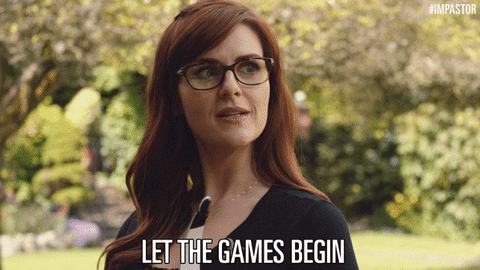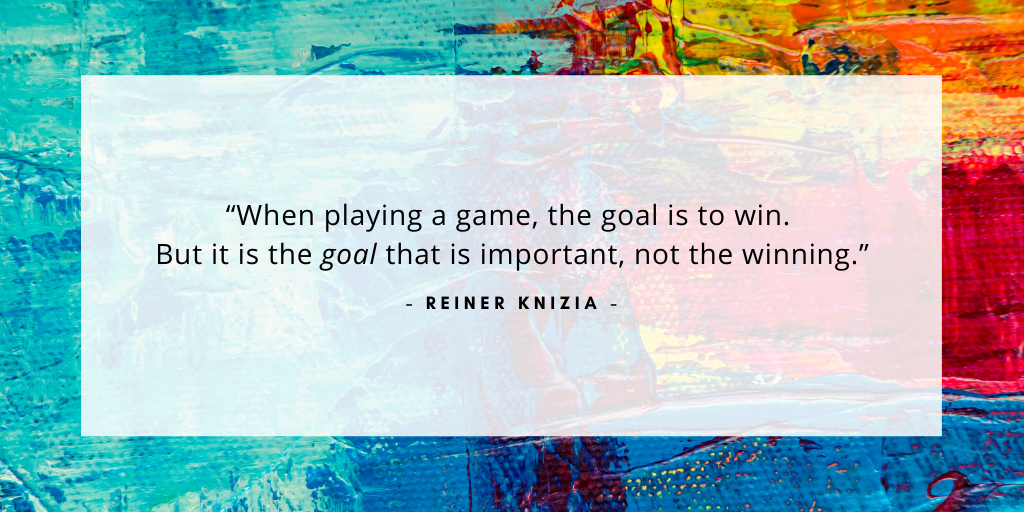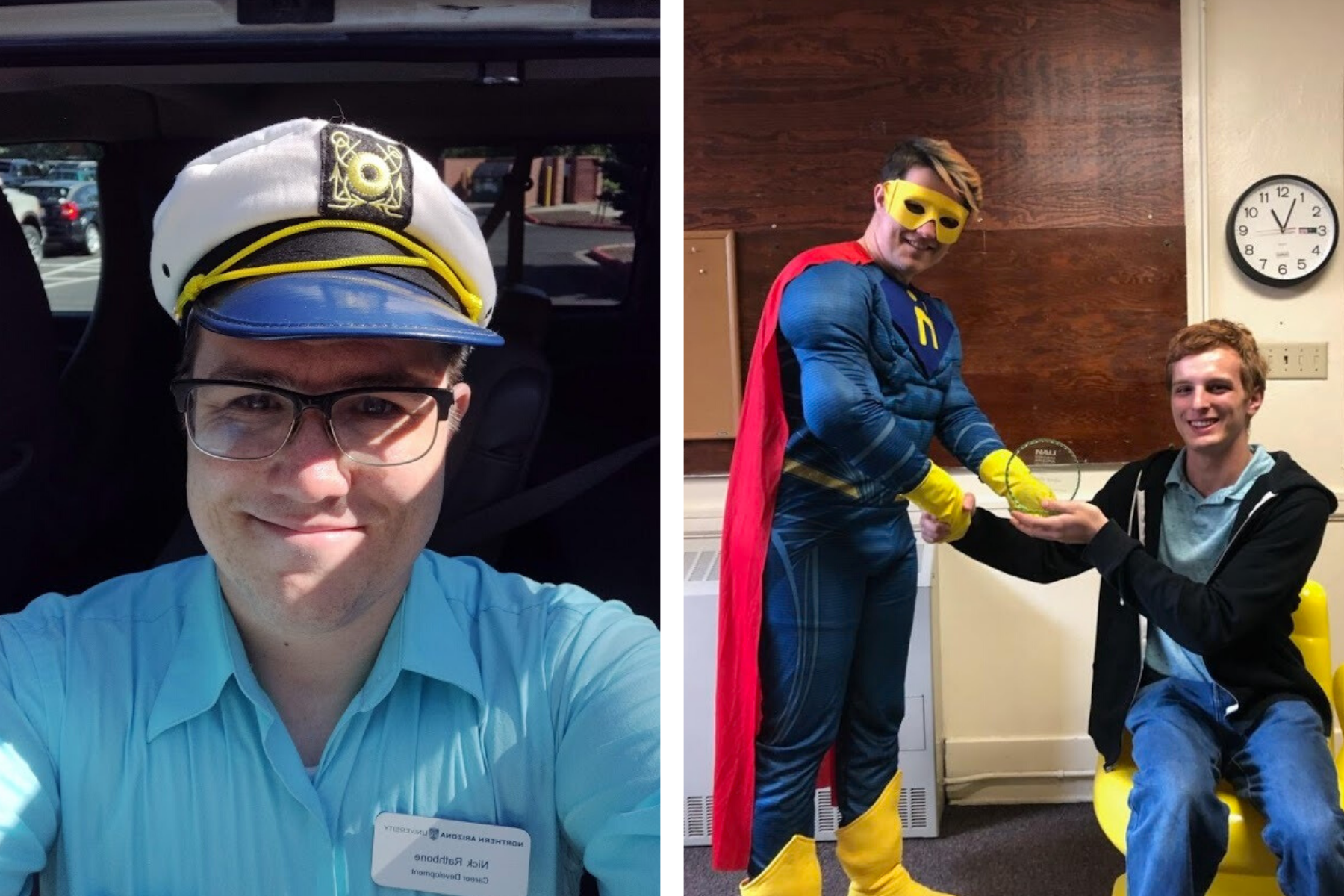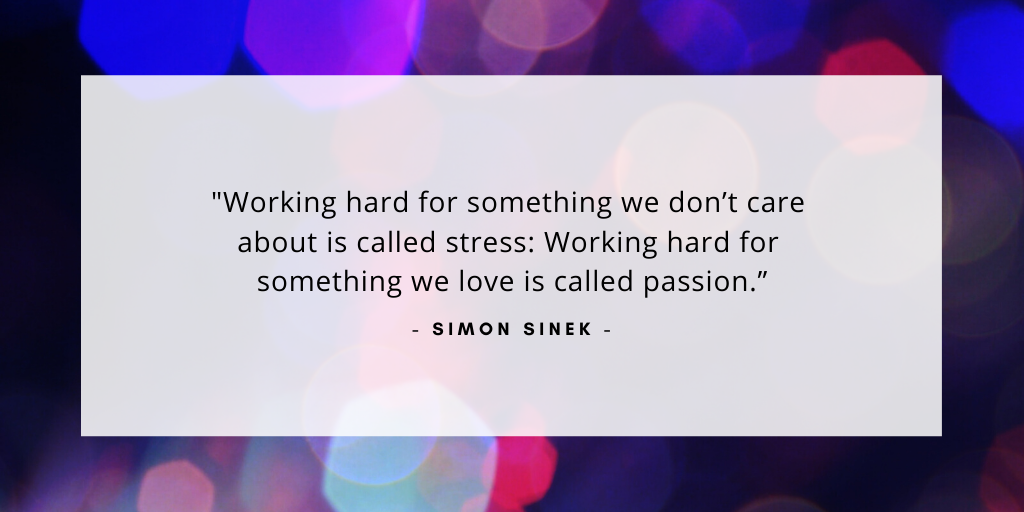Student employees were hit particularly hard by the coronavirus pandemic.
However, even if they’re temporarily out of work or working remotely, we can still engage with them in meaningful ways!
Creating work environments that balance extrinsic and intrinsic motivations and rewards, while promoting having fun at work, is essential for developing and strengthening innovation, teamwork, customer service, and many more transferable skills.
Sadly, according to recent research by Gallup, only 15% of employees are engaged in the workplace. Now is our chance to change that for the better!
So, how do you make having fun a reality in your workplace?
Gamifying Work
The initial enthusiasm for attending virtual happy hours and wearing your “Zoom shirt” every day has worn off for many of us, so we’re seeking more innovative ways to engage our student staff. I’m a huge fan of gamification so I’m always on the lookout for creative and fresh ways to make work more game-like.
The first area to gamify? Staff meetings. Use them to do more than just share information that might be better suited for an email.

Consider holding “learning meetings” with your teams, during which student staff (rotating weekly) teach something valuable to the rest of the team.
Plus, since you’ve likely already blocked off time that works for everyone, you can instead host virtual talent shows, trivia nights, or even birthday parties to keep the human connections alive!
My institution’s vice president for student affairs recently started hosting weekly Ask Me Anything video sessions to share campus operations and budgetary updates. These sessions have since morphed into more informal division-wide discussions, wherein our VP seeks to connect with our division on a personal level, allowing different team members to share interesting and unique details about their lives.
I also wanted to draw attention to The Octalysis Group, which I previously wrote about in my blog post about gamifying student experiences. This time, however, I wanted to highlight how to approach student employee engagement and fun at work through their dimensions of human motivation.
Creativity and feedback are important elements of gamification that departments can leverage to really focus on “playing” at work. Consider design challenges with time constraints, such as 24-hour events in which teams work exclusively on innovative and creative projects, to then present the results to their supervisors.
In the spirit of involving our students in some decision-making processes, I am hosting a “Director for a Day” activity for my team at our upcoming staff retreat. I have a small team of five, which allows me to pair my student employees with professional staff to discuss and implement ideas they’ve been holding onto.
Our student employees have so much to teach us; all they need are fitting opportunities!
Another great gamification concept to incorporate is related to avoiding loss and failure. My student employees came up with a fantastic way to track how many jobs and internships they were approving in the form of a visual scoreboard. This tracker helped them visualize their progress, challenge each other in a friendly competition, and compete against themselves as they tried to break their own personal records.
The best part? There weren’t any monetary prizes or substantial rewards for the winner; simply having a game to play made their daily work shifts much more engaging.

Although it can be an incentive, winning doesn’t have to be the defining aspect of playing a game. Rather, it can be reframed as a goal to keep job expectations relevant.
Making Work Not Suck
In his TED podcast WorkLife, organizational psychologist Adam Grant explores the science of making work “not suck.” If you’re looking for creative ways to offer your student employees professional development, this podcast is an amazing resource.
Grant has a fantastic episode on learning how to love criticism, which is an especially important skill to cultivate in our student workforce going forward.
He has another insightful episode in which actor John Lithgow discusses how he manages his emotions and avoids work exhaustion by getting into character.
Whether that means literally putting on a captain’s hat to drive people around campus for events or donning a superhero outfit to present the Student Employee of the Year award, I have been known to get into character at work for various events myself.

Me playing professional dress up
Creating various characters or work personas for your students to adopt can be a great way for them to practice modeling professionalism in a fun way!
For example, you might have a student employee in charge of drawing on the whiteboard put on an artist’s beret to get in the imaginative spirit. Or, you can have your staff participate in an office-wide Opposite Day to mix things up and help creativity emerge, all while focusing on communication.
Your costumes don’t have to be silly or require a complete wardrobe change; consider coordinating matching outfits on a particular day of the week or keeping a blazer around for those days when distinguished guests walk in.
Another way to make work not suck comes from author and executive coach Roberta Matuson, who has three suggestions for institutions to consider during these chaotic times:
- Remain flexible on deadlines and other matters
- Offer useful perks (like gift cards to local restaurants that deliver)
- Communicate as much as possible without making everything a video call
All of her recommendations are especially important to our student employees who are facing additional challenges in juggling school, work, and social activities.
The 4 Keys of Fun
When it comes to having fun at work, there are some guidelines by which we should all abide.
I like to use Nicole Lazzaro’s framework the Four Keys to Fun, which she outlines as:
- Easy Fun (Novelty): Curiosity from exploration, role play, and creativity
- Hard Fun (Challenge): Fiero, the epic win, from achieving a difficult goal
- People Fun (Friendship): Amusement from competition and cooperation
- Serious Fun (Meaning): Excitement from changing the player and their world
Easy Fun aims to inspire and utilize our imaginations. As an example of Easy Fun, I recently had a chance to read and record a chapter of Harry Potter and the Order of the Phoenix for my local library’s online summer reading program. I’ve considered creating a Slack channel exclusively for cute puppy photos, too!
Hard Fun should focus on challenge, mastery, and feelings of accomplishment. You could offer this through virtual yoga classes or virtual advising appointments that support holistic wellness for your student.
People Fun provides justification to hang out with friends and build social bonds with our peers. Virtual dance parties, happy hours, and involvement fairs are great ways to foster a similar sense of connection within digital spaces.
I’ve seen some great examples of People Fun outside of higher education, too. Yotpo, Inc. has taken their virtual happy hours to a new level; Instead of just drinking or eating together, their team uses these sessions to show off other knowledge and skillsets, through activities like mini-concerts and nutrition lessons.
Other companies, like North 6th Agency, Inc., have created a staff-led culture committee to come up with other activities and ideas to maintain constant interactions between employees, including things like hosting virtual book clubs and creating shared music playlists.
Serious Fun is purposeful play, which aims to change the way we think, feel, and strive to make differences in the world. This is especially relevant to our Generation Z student employees, who crave tangible connections between their work and the societal problems they wish to solve.

Your students are likely already doing many of these things on their own with friends and family; why not encourage them to bring that creativity and passion to the workplace, too?
There is even a large body of research that suggests having fun at work increases employee engagement, for students and professionals alike.
Some highlights from such research include:
- Heightened workplace motivation and productivity
- Higher rates of job satisfaction and lower rates of turnover
- Boosted employee morale and lower work-related stress
- Increased creativity, altruism, interpersonal citizenship, and intellectual curiosity
Roberta Matuson also has a motivating factor for supervisors to remember:
“How good a job you do leading right now through this crisis will have an impact on your career.”
Eventually, when the pandemic situation resolves and all institutions welcome students back to campus, the administration will likely assess and recognize which leaders did really well throughout this crisis and which didn’t.
My best advice is to lead with fun in mind and focus on engaging your student employees along the way.
What are you doing to make work more fun for your students? Let us know at @Velocirathbone and @themoderncampus.





